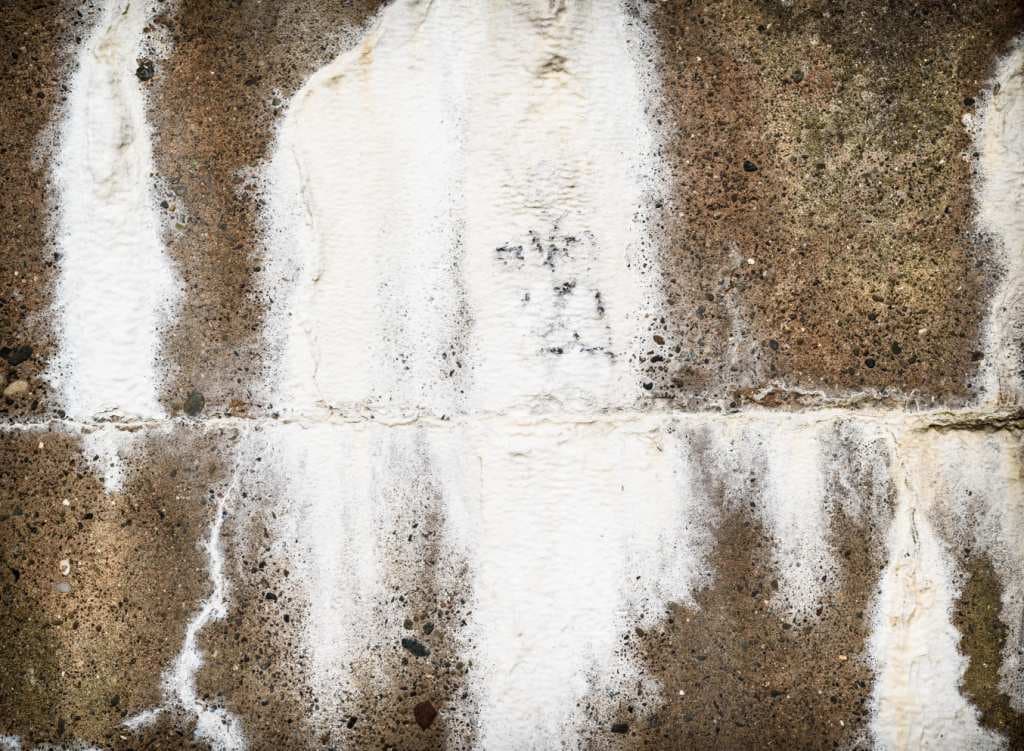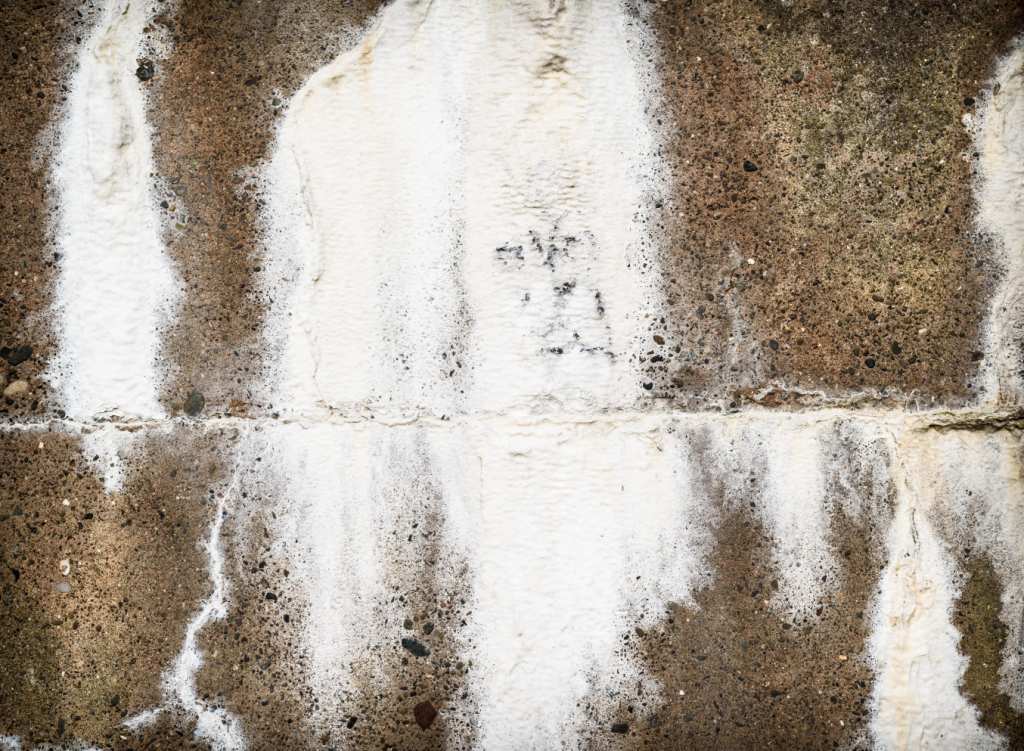
This is a question, which confuses each occupier of the newly constructed house. This is more pertinent in India and other Asian and African countries where still stone or brick walls are constructed and than plastered. This is basically wet wall construction technology unlike western world where dry walls are more popular and used.
As the name suggests, as it is wet technology, it uses lot of water for construction and thereafter for curing of walls as well as plaster. The inherent moisture inside takes time to dry, evaporate or get consumed by hydration. If you paint such walls, in all probability the moisture would keep on coming out thereby damaging the paint. Hence it is widely believed that the newly constructed walls should be allowed to dry preferably for 12 months and minimum 3 to 6 months before painting. Now if you are in hurry to paint such walls how to check whether the plastered walls are ready to receive paint or not?
To check whether your house is ready for paint or not, you should first check the fitness of the new plaster work. Is your plaster ready to receive the paint? Most of the paint defects arises due to painting on freshly plastered walls.You therefore need to check the plastered surface. Here we give you some tests from which you can get an idea whether your wall is ready to receive the paint or not.
Tips for whether your Wall is Ready to Receive Paint or Not
01. Test for Alkalinity:
Representative areas of the plastered surface shall be treated with oil-based paint or other alkali-sensitive paint and left for six to seven days. If, at the end of that time, there is no sign of bleaching or saponification,the wall is ready for permanent decoration i.e. painting.
If, on the other hand, bleaching or saponification has occurred, further small areas shall be treated. This testshall be repeated until sample areas remain undamaged.
Alternative Procedure: Alkalinity may also be detected by the use of moistened red litmus paper on the surface. If it turns blue the presence of alkaline background may be inferred.This suggests that it is not ready for painting.
02. Test for Efflorescence:
Efflorescence is defined and used to illustrate crystalline (powdery) deposits, usually white in colour that are sometime formed on the surface of brickwork, plaster work masonry, and other concrete type structures. It is the appearance of salt-like deposits commonly observed on masonry walls. Formation of white powdery substance on walls after painting mainly occurs due to presence of salts in the building materials i.e. bricks, mortar, sands or even water used for construction or curing.
Small areas of the plaster where efflorescence is most conspicuous shall be rubbed down with a suitable abrasive followed by the application of a damp (not wet) cloth and left for at least one week. Repeat this process until no more saltsreappear. Your surface is safe for permanent painting only when the efflorescence stops i.e. the white salts do not appear.
The test should be carried out under conditions of warmth and ventilation approximating those of occupational conditions.

03. Test for Dryness:
A plastered wall may be neutral and show no signs of efflorescence and yet be damp, which is liable tocause paint to fail in adhesion. Moisture meter for testing the dryness of walls may be used in deciding whether the surface has reached a condition fit to receive paint or not.
However, no amounts oftestswill indicate the condition of more than a small area since a plastered wall seldom dries uniformly. The test thereforeshould be repeated at different places.
Again it should be noted that the deep-seated moisture, which is not always detected by superficial tests might make its presence felt after the surface is painted.
Of course, remember these tests are necessary when you want to paint with costly paints. Nothing stops you from white or colour washing or painting with dry distemper.
Doing just Primer and Putty Work:
Many people those who want to have the feel of fresh paint and newness just apply one or two coats of primer and putty and than allow the walls to dry. Such surface will get the feel of paint, of course without colour. The paint will be done after a year. At such time you also have a chance to repair the damaged paints due to moisture. As most of preparatory works are done, the 2 coats of paint will not take much time and it is not that cumbersome, too.
Also Read:
All you Need to Know About Wall Putty
POP, White Cement & Acrylic Wall Putty: Make Right Choice
Different Types of Primer used in Painting
































